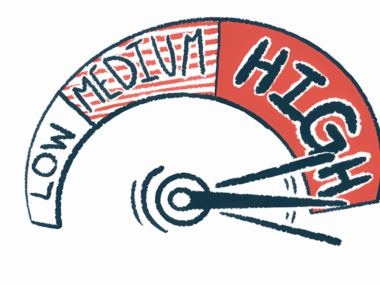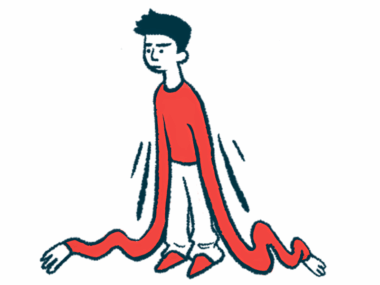Acupuncture, moxibustion may relieve myasthenia gravis symptoms
Researchers combined data from studies that tested the traditional intervention
Written by |

A traditional Chinese medicine practice that combines acupuncture and moxibustion, given along with standard treatments, may ease symptoms for people with myasthenia gravis (MG) more effectively than conventional medications alone.
That’s according to “Acupuncture and moxibustion treatment for myasthenia gravis: A systematic review and meta-analysis,” which was published in Medicine. Acupuncture and moxibustion is a traditional Chinese medicine technique that involves placing needles at specific points on the body and then burning small amounts of mugwort, a flowering plant native to Europe, Asia, and certain parts of North America, atop them.
Here, a Chinese research team combined data from 11 studies that tested acupuncture and moxibustion in people with MG and analyzed the data collectively to assess how effective the traditional intervention is in this autoimmune disease.
“In recent years, there has been a lot of research on the treatment of MG in traditional Chinese medicine,” wrote the researchers, who noted acupuncture and moxibustion are “one of the commonly used external treatment methods for MG” in traditional Chinese medicine. The 11 studies included data from 658 people with MG.
MG symptoms ease with acupuncture, moxibustion
In each study, about half the participants were treated with standard Western medicines recommended by guidelines, including the corticosteroid prednisone, and served as a control group. The other half received acupuncture and moxibustion in addition to the standard Western treatment.
Those given the traditional Chinese medicine treatment were more than three times more likely to report an easing of symptoms.
“The results showed that acupuncture and moxibustion treatment of MG had significant clinical efficacy, which could remarkably improve the symptoms of myasthenia,” the researchers wrote.
Traditional Chinese therapy led to significantly better improvements on the MG clinical absolute score, which is a measure of relative disease severity. Another measure of MG severity, called the MG quantitative score, didn’t show a statistically significant difference between the two treatment groups, however.
Acupuncture and moxibustion therapy also didn’t significantly change the levels of interleukin-6 receptor, a protein receptor for an inflammatory molecule that’s implicated in the autoimmune attack that drives MG.
Most of the studies in the analysis were fairly low quality. For example, most weren’t blinded, making it impossible for researchers to untangle how much of the benefit derived from traditional Chinese medicine is due to the intervention’s actual effects and how much of it is from a placebo effect. The researchers also noted a possibility for publication bias and emphasized a need to standardize how acupuncture and moxibustion treatment is given in MG.
Thus, while the analysis indicated this traditional Chinese medicine practice may benefit patients, “more large-scale, multicenter clinical randomized double-blind trials are needed in the future to objectively evaluate clinical efficacy in order to provide more powerful evidence for clinical decision-making,” the researchers said.







Leave a comment
Fill in the required fields to post. Your email address will not be published.